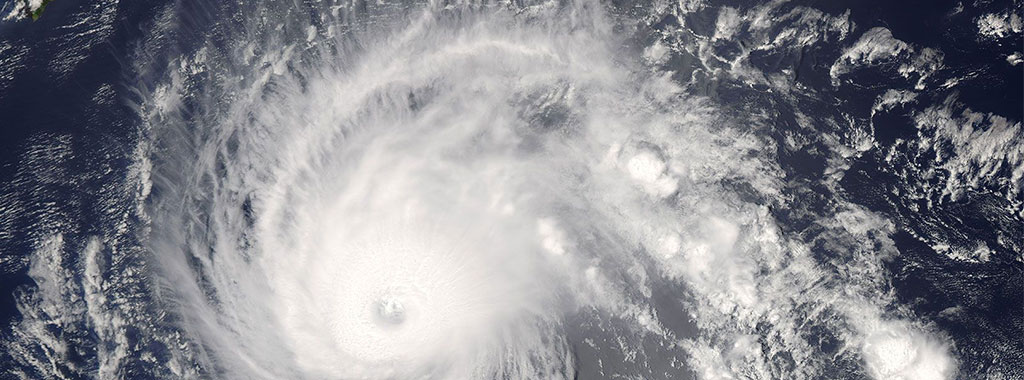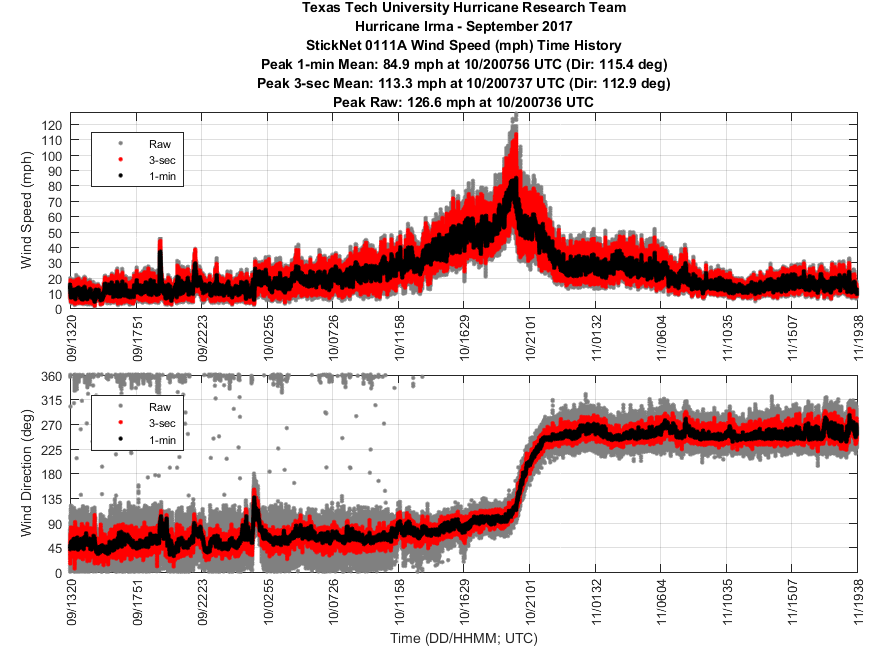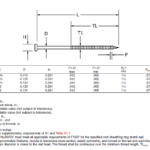There is a great deal of good information out there to help us better understand hurricanes and their impact on people, structures and other property. To improve awareness of wind speeds and their measurement, this article will discuss a commonly misunderstood aspect of hurricane wind-speed reporting.
When a storm is approaching, you will hear meteorologists report wind speeds. They often refer to storm categories. These categories attempt to generalize expected damage to structures based on the wind speed of the storm. The wind speed for a given storm is a measure of the severity of the storm and the danger it poses to life and property. But how do meteorologists determine the wind speed that they are reporting? It seems so concrete and certain, but anyone who has been outside during a storm or windy day knows that wind isn’t constant at any one location over a period of time. It varies continuously in magnitude and direction over time. So how can something so variable be the subject of knowledge that is precise enough to be useful? How do we understand wind-speed measurements and make sure that when comparing them we are doing so in such a way that they are comparable? That is a great question.
The good news is that even though wind is variable, we have a commonly accepted way to measure wind speed and know something about a wind field or event that is occurring at a time and place. This is done by averaging measured wind speeds over specified lengths of time, or picking the highest average wind speed that occurs for a specified averaging interval from a longer period of time. A great resource for understanding how wind speeds are measured and reported can be seen here. From this explanation, it can be seen that a reported wind speed is meaningless without a specified averaging time. The shortest averaging intervals will yield the highest reported wind speeds. The longer averaging times will capture more peaks and lulls and yield lower reported wind speeds. The most common averaging intervals used to report wind speeds are three seconds, one minute and two minutes. Some countries even use a ten-minute averaging interval for reporting wind speeds. So the question arises, which average is correct? And the answer is, none of them and all of them. They are just different ways of looking at measured wind data. That is not very comforting, but one thing we can know is that none of them can be truly interpreted or compared without understanding this idea of averaging time. To make it more confusing, meteorologists and building codes do not use the same averaging interval when reporting or specifying wind speeds. This can lead to misunderstandings.
In general, you will hear meteorologists report sustained wind speeds when covering an approaching hurricane. They might also mix in some peak gusts, but for the most part they focus on sustained wind speeds. Sustained wind speeds for tropical cyclones use a 60-second averaging time. Sustained wind speed is also used by the Saffir-Simpson scale to roughly quantify the likely damage that the wind from a storm might cause typical buildings and other structures. There are criticisms of the accuracy of the Saffir-Simpson scale method, but it is widely used by the public to generalize about the severity of tropical cyclones; therefore, it is likely that the public might and commonly does attempt to compare reported sustained wind speeds to building-code-specified three-second-gust wind speeds to determine if their house or structure will withstand the storm. There is danger in making that comparison.
We need to be careful when comparing the reported sustained wind speed for a storm with the three-second-gust design wind speeds referenced in building codes and design standards. They are not the same and need to be converted before they can be compared for equivalence. After seeing the following example, one could easily see the possibility of the public or a public official comparing the sustained wind speeds reported by the weatherman to the wind speeds used by building codes and design standards and drawing conclusions that may underestimate the force and effect of the storm.
Let’s take a hypothetical situation where a building jurisdiction has adopted a wind speed of 130 mph three-second-gust design wind speed for structures built in that jurisdiction. There are various methods to convert wind speeds between different averaging times, and many factors that may need to be considered when doing that. One method for converting is the Durst method referenced in ASCE 7. Another more recent method recommended by the World Meteorological Organization provides a pretty straightforward conversion between sustained wind speed and three-second-gust wind speeds for near-surface applications. So for the sake of simplicity, we will use it for this example. If we convert a reported sustained wind speed of 130 mph to a three-second-gust average wind speed using this method, it equates to a three-second-gust wind speed for Off-Sea of 160 mph (Off-Sea is appropriate for an approaching hurricane). The adopted130 mph three-second-gust wind speed converts to 105 mph sustained wind speed. This difference could lead individuals in the path of the storm to underestimate its severity if they are not aware of the difference between averaging intervals for wind speeds. They could see the sustained wind speed of 130 mph being reported by the weather service when the storm is over open water and assume that their structure, or structures in their jurisdiction, will stand up fairly well. This would be a serious underestimate, since those structures would need to be designed to resist a 160 mph three-second-gust wind speed using ASCE 7 in order for that to be true. To say that a different way, one might think that their structure was designed for a Category 4 storm (130 mph sustained), when in fact it was actually designed for a Category 2 storm (105 mph sustained) using the Saffir-Simpson scale. Hurricane Irma at its maximum sustained wind speed of 185 mph would equate to a 227 mph three-second-gust wind speed using this conversion method. From a roof anchorage, lateral design and load path design perspective, the difference between 130 mph and 160 mph can be substantial, especially when the building is located on flat open terrain where Exposure C or Exposure D are appropriate assumptions for the design.
There is a lot more background and detail to this very complicated discussion, but the general point is to know your averaging times when comparing reported wind speeds, so as not to underestimate a storm’s force. If a storm is headed your way, hopefully you have already selected the proper hurricane tie for your structure; you have a well-defined and properly designed continuous load path; and you are protecting your exterior openings from windborne debris. Remember, the objective is not to protect the window or door product itself. Unless you are in the insurance business, you are preventing the breach of the opening to keep wind from pressurizing the structure, increasing loads on the structure and potentially causing catastrophic failure.
Know how to secure your structure against high winds, and be safe.







